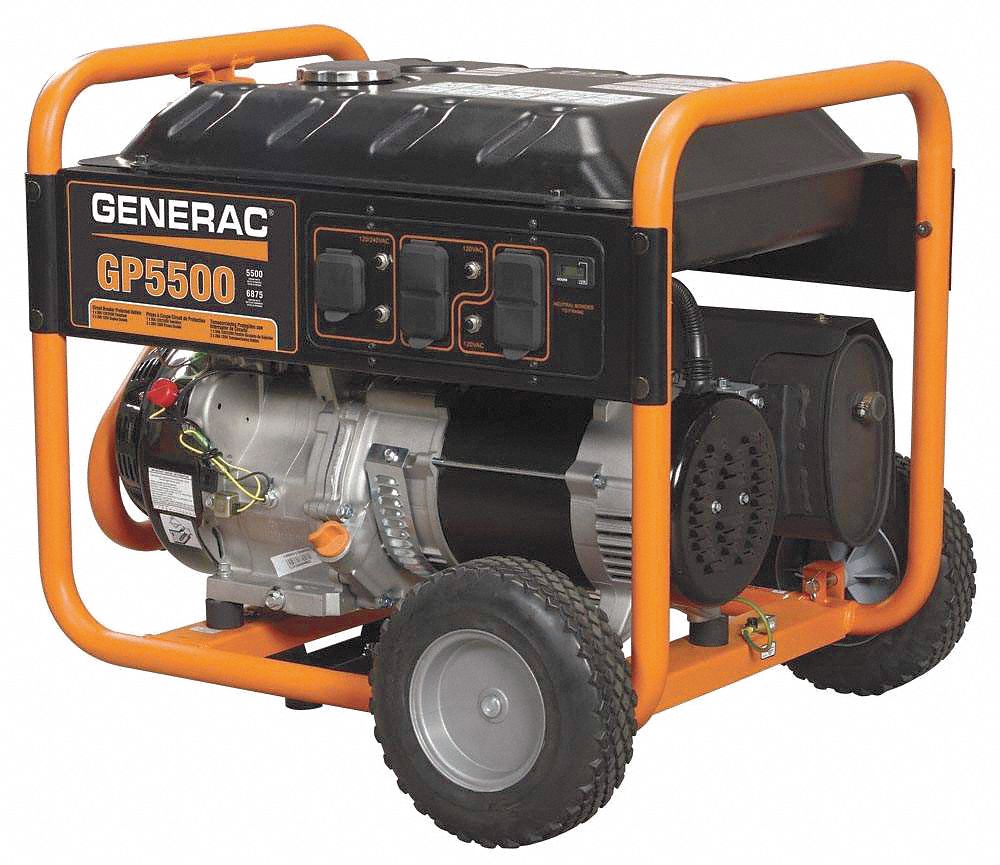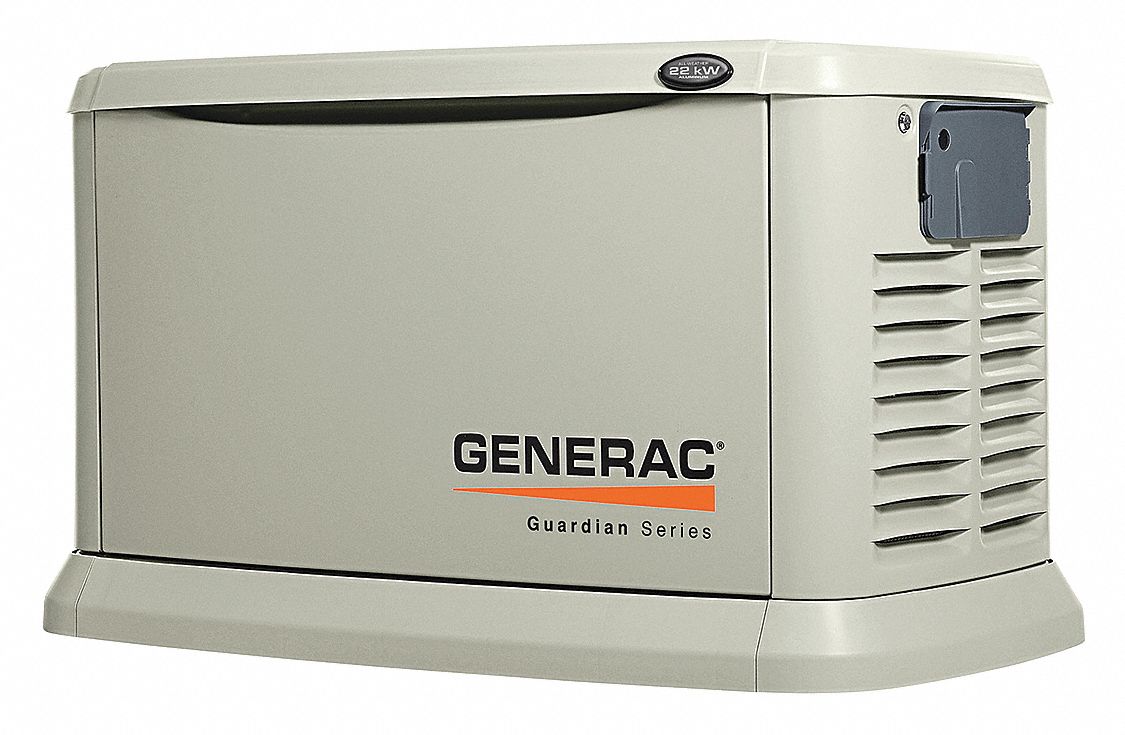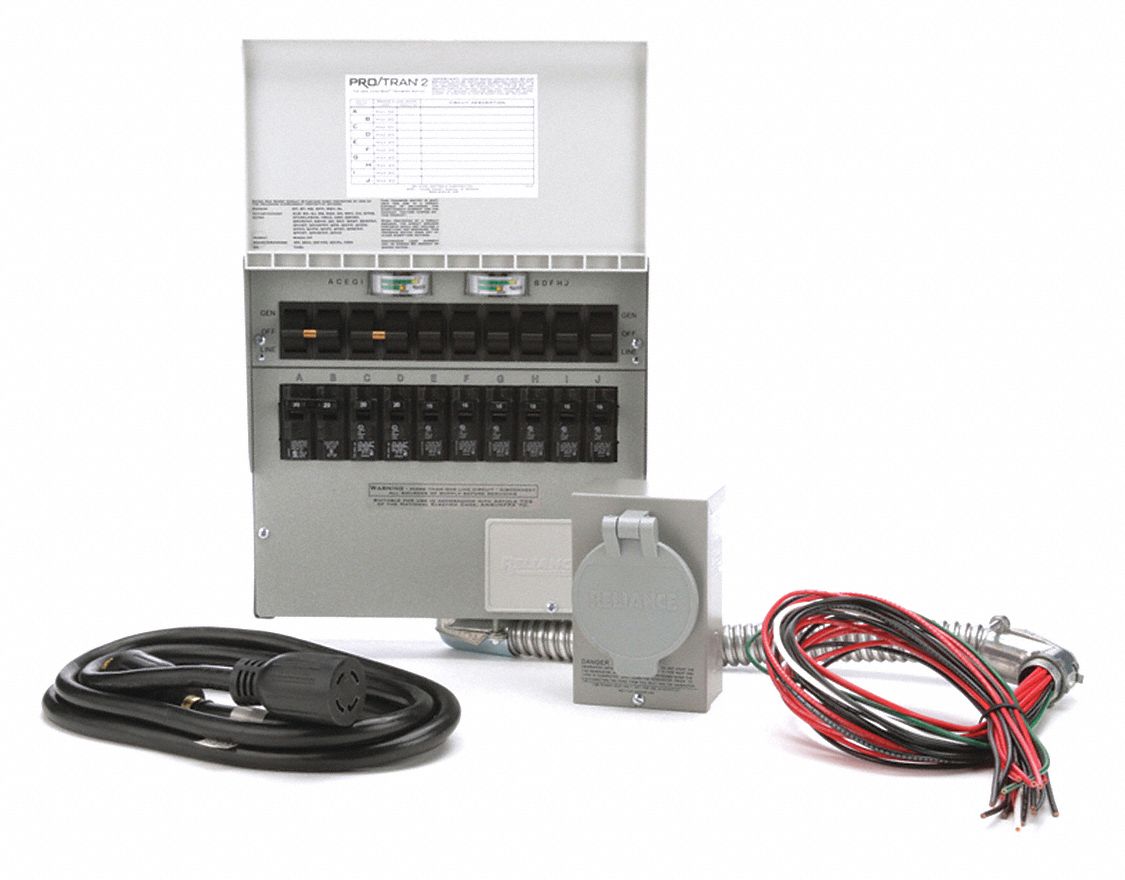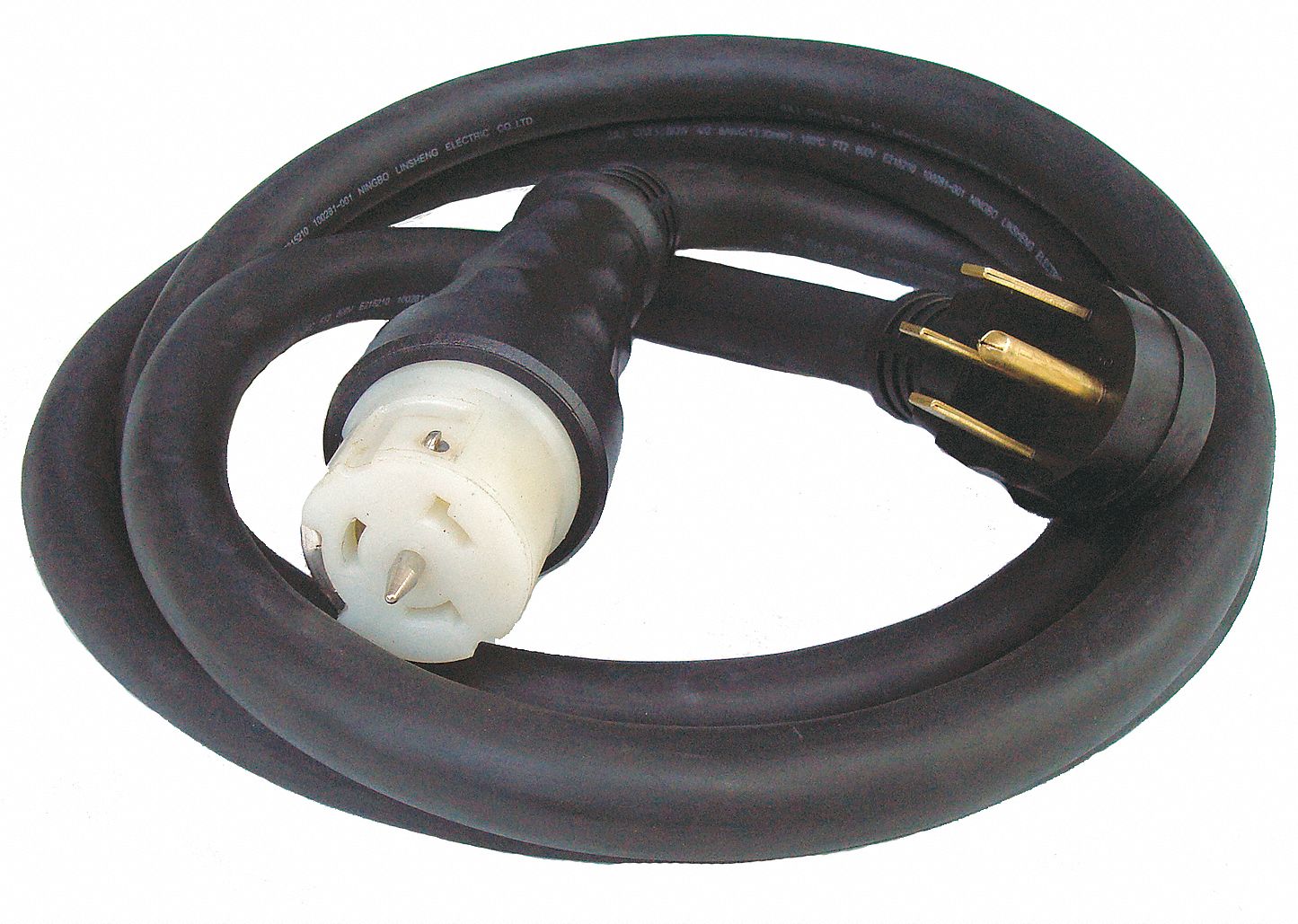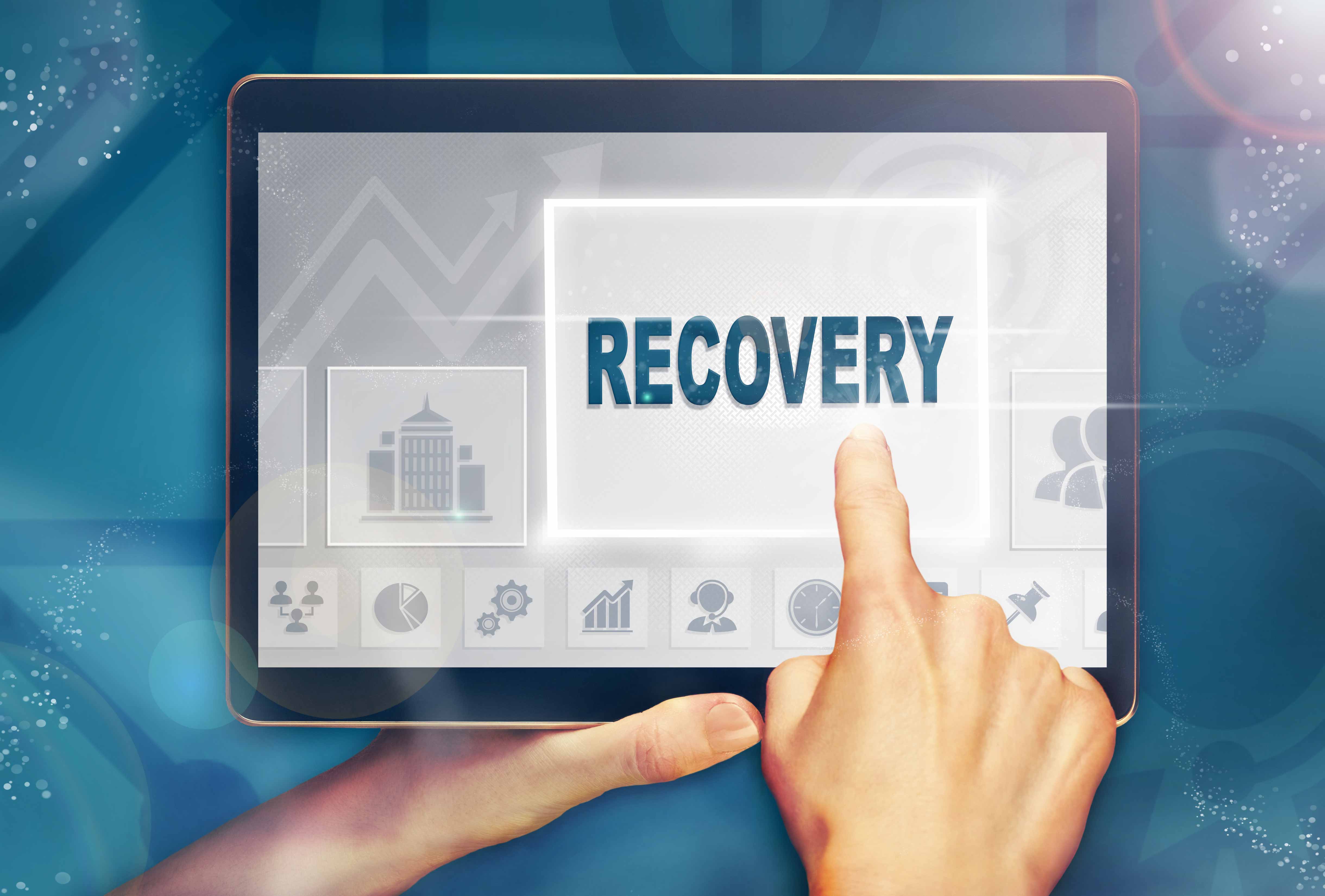

5 Business Sector Takeaways for Disaster Recovery
By Grainger Editorial Staff 3/29/21


Being prepared for disasters means having a plan for how your business responds and recovers. The recovery phase, one of the five missions of emergency preparedness according to the Federal Emergency Management Agency (FEMA), focuses on the timely rebuilding of the area's infrastructure and economy. However, this phase also emphasizes the restoration of a community's health, social, cultural, historic and environmental fabric after an emergency.
Returning businesses back to normal operation plays a role in disaster recovery, particularly for the economic recovery of a community. Recovery begins immediately after the response phase, and also may run concurrently with response efforts. The three phases that occur before response are prevention, protection and mitigation. The FEMA National Disaster Recovery Framework (NDRF) provides guidance and structure to help with recovery efforts and pre- and post-disaster planning.
Here are five takeaways from the NDRF that may help your business plan for the recovery phase after a disaster strikes:
- Define potential risks. The NDRF notes that a successful recovery often depends on knowing likely risks ahead of time. Ready.gov offers tools and advice on how a business can perform a risk assessment. This resource helps businesses identify areas of their facility, such as building integrity or security systems, that could be affected if a disaster occurs . Knowing these vulnerabilities in advance gives the business an opportunity to address any safeguards before a disaster strikes.
- Create a business continuity plan. The NDRF states, “Businesses that plan for disruption are less likely to go out of business after an incident than those that do not.” They recommend that businesses develop a business continuity plan to provide guidelines to follow during disaster recovery efforts. Each plan should include a business impact analysis, employee roles and responsibilities, testing and training.
- Identify sources that aid business recovery efforts. Businesses often have many internal resources they can draw on during disaster recovery efforts, including employees, facilities and equipment. However, the NDRF notes that successful disaster recovery often depends on layered capabilities that span across individuals, the private sector, non-government aid agencies and local, state and federal governments. As a business, it may be helpful to learn how various government agencies can assist businesses during and after an emergency. This information may help your employees if, after an emergency, they find themselves needing food, clothing or shelter.
- Know what success looks like. The NDRF points out that, because every community faces unique circumstances, each may define success differently. However, it also highlights commonalities of effective recovery efforts. Some of those commonalities seem particularly relevant to the private business sector.
- Coordinated decision-making. This includes having well-defined stakeholder roles and well-coordinated recovery activities. Everyone understands the part they play and there is no duplicated effort or conflicting guidance.
- Planning for recovery before a disaster hits. It's wise to develop relationships between your business, local government agencies and other community entities long before an emergency occurs. Advance planning increases the likelihood of a successful recovery, ensuring that resources will be used effectively, outside resources will be available and guidance will be in place to transition from response to recovery tasks.
- Being flexible. Even though much can be planned ahead of time, recovery may include unforeseen circumstances. These may include a storm being more severe than was forecast and causing greater levels of damage than anticipated, or unknowns about how a disaster will affect infrastructure or utilities, such as severe damage to roads and bridges or to the power grid or water supply. Good planning includes being adaptable to the situation and allowing the details of a plan to evolve as risks emerge and recovery needs change.
- Rebuilding for resiliency. Disasters often reveal structural and geographic weaknesses. Successful recoveries take vulnerabilities into account and include ways to mitigate them. For example, if hurricane winds damaged your business facility, you might want to rebuild with materials that can withstand greater wind loads.
- Assess what worked and what didn’t. The NDRF recommends tasks to be done after a disaster, which include re-assessing risk, evaluating needs and forecasting future needs or trends. This review can reveal opportunities to build in resilience against future potential disasters. Ready.gov refers to this as program improvement and recommends performing this review step after each incident. However, they also recommend following other disaster recovery efforts within your industry and other national events that may reveal ways your disaster recovery plans should be updated. They note that best practices and guidance from trade associations, professional societies and government agencies may offer resources to help improve your preparedness program.
Disaster recovery requires that communities—governments, charitable organizations, the private sector and individuals—pull together. Businesses play a critical role in helping repair the fabric of a community, particularly its economic health after a disaster occurs. Being well-prepared for the recovery phase helps a business return to normal operation and workers to their jobs.
Your business continuity plan and disaster recovery efforts will be unique to your business. As you prepare, note that you may need an IT backup disaster and recovery plan, as well as a business continuity plan that includes pandemic response.
![]()
The information contained in this article is intended for general information purposes only and is based on information available as of the initial date of publication. No representation is made that the information or references are complete or remain current. This article is not a substitute for review of current applicable government regulations, industry standards, or other standards specific to your business and/or activities and should not be construed as legal advice or opinion. Readers with specific questions should refer to the applicable standards or consult with an attorney.

